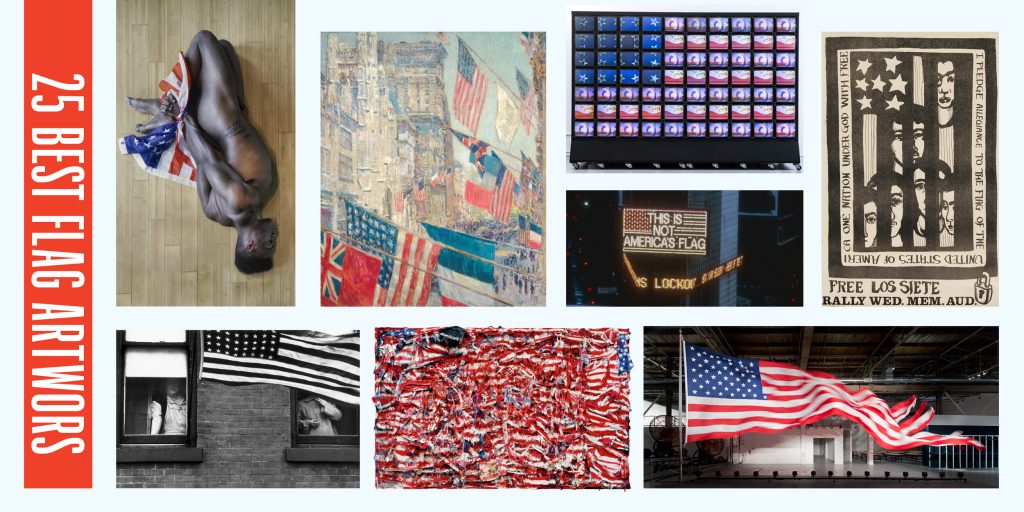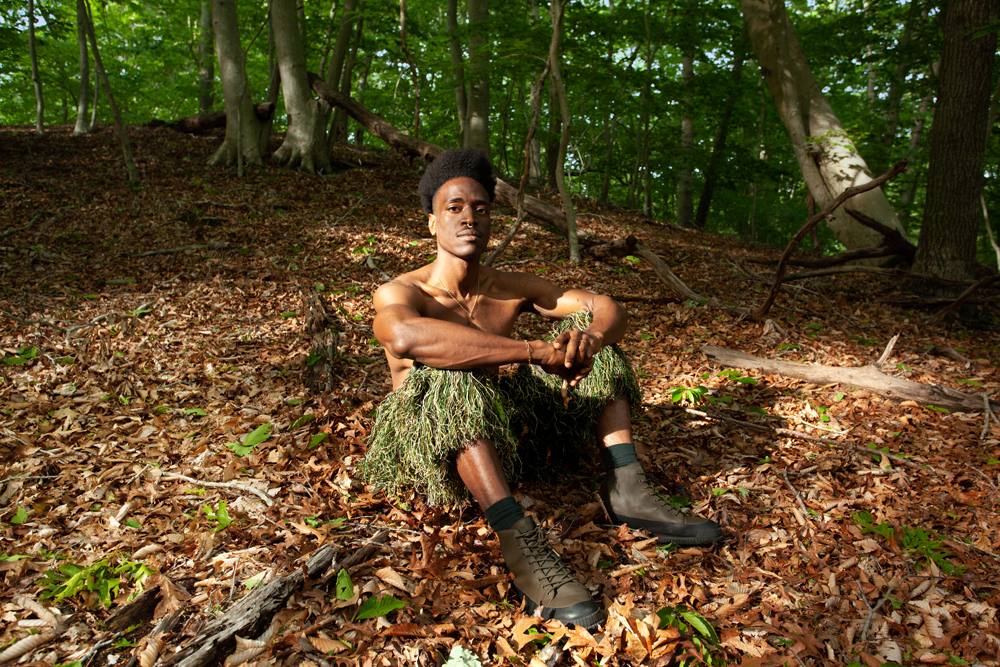
The 25 Best Artworks About the U.S. Flag, From the Patriotic to the Provocative
By Alex Greenberger for ARTnews
In 1970, at the Judson Memorial Church in New York, Jon Hendricks, Faith Ringgold, and Jean Toche opened “The People’s Flag Show,” an art exhibition that has gone down in history not for what was on view but for what happened once the exhibition let visitors in. Shortly after it was inaugurated, police arrived at the show, which itself was intended as a protest against the widespread practice of charging people for desecrating the U.S. flag amid the Vietnam War. As it happens, the organizers would go on to face those very same charges.
Hendricks and Toche were arrested when police arrived at the church; Michele Wallace, Ringgold’s daughter, was very nearly detained, too, but Ringgold stepped in and called on officers to arrest her instead, since Wallace was a minor. In 1971, the three were made to pay $100 each. They narrowly avoided a jail sentence, and though they had gained what was technically a victory, they still used the occasion to sound an unpatriotic sentiment. “We have been convicted, but in fact it is this nation and these courts who are guilty,” they said.
As these events and the exhibition itself go to show, the American flag has been a poignant symbol for artists across the centuries. For many, it has been a way of rousing national pride and speaking to the country’s resistance in the face of adversity. For many others, it has been a means of critiquing the nation during times of war and a way of pointing out longstanding histories of colonialism, racism, sexism, and homophobia that are still unfolding.
This list collects 25 important works that involve the American flag in its may forms. The artistic responses here range from the uplifting to the shrewdly critical, from the beautiful to the ugly. They include a Civil War–era plea for unity, a dance performance in which flags become clothes, a classic of postwar art history, and an unsparing critique of this country’s violence against Native Americans.
(more info here)
